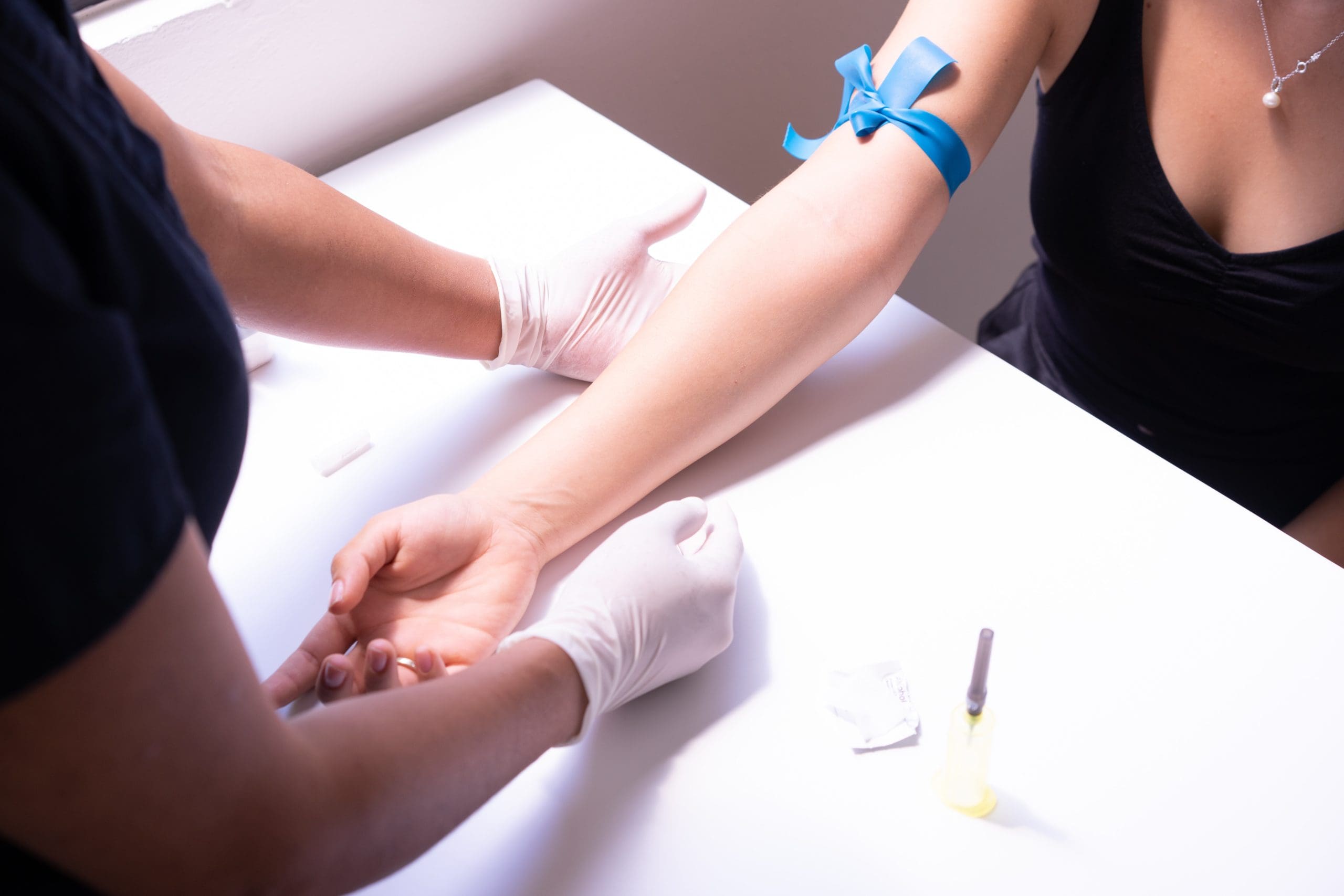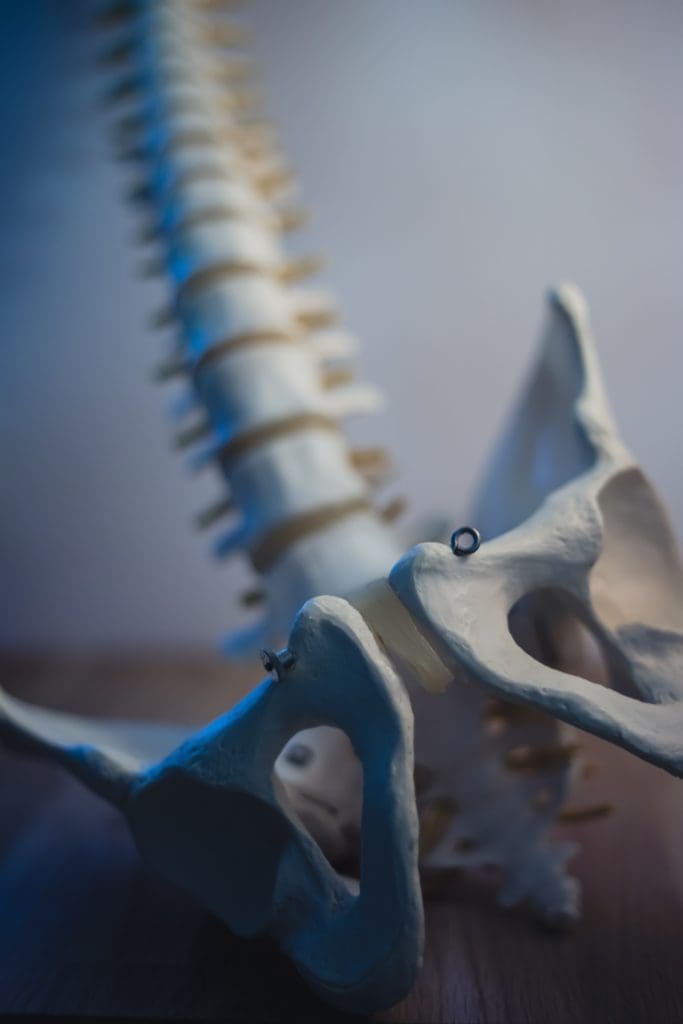Preventive care is the cornerstone of long-term health. It’s the proactive approach to well-being that helps you stay ahead of potential health concerns, keeping you healthier for longer. My Virtual Physician is committed to making preventive care accessible, convenient, and effective for residents of Henderson and Las Vegas through our state-of-the-art telehealth services.
Preventive care focuses on identifying potential health risks early and taking steps to avoid illness before it starts. Instead of waiting for symptoms to appear, preventive care prioritizes regular check-ups, screenings, and lifestyle adjustments to support overall health.
At My Virtual Physician, we provide comprehensive preventive care services, including:
Preventive care is one of the most effective ways to safeguard your future health while minimizing the need for more intensive medical interventions down the road.
Accessing preventive care has never been easier. My Virtual Physician removes many of the barriers that traditionally prevent people from seeking regular healthcare, such as time constraints, transportation issues, or lack of access to local providers.
Through telehealth, you can consult with our board-certified physicians and receive personalized care from the comfort of your home or office. Here’s how we simplify preventive care for Henderson and Las Vegas residents:
With My Virtual Physician, preventive care becomes a simple, seamless part of your routine, helping you stay proactive about your health.
Preventive care isn’t just about avoiding illness—it’s about empowering yourself to live your healthiest life. By addressing potential health risks early, you can reduce the likelihood of developing chronic conditions such as heart disease, diabetes, or certain cancers.
Working with My Virtual Physician provides you with:
Whether you’re seeking to maintain your current health or address specific concerns, our team is here to support you in achieving your goals.
Taking charge of your health shouldn’t be complicated. My Virtual Physician makes it easy to prioritize preventive care through our innovative telehealth platform. Join the growing number of Henderson and Las Vegas residents who trust us to help them stay proactive about their well-being.
Start protecting your health today. Book your appointment with My Virtual Physician and discover how virtual preventive care can fit seamlessly into your life.
Schedule your appointment with us today: BOOK HERE

More than 100 million Americans are living with abnormal blood sugar. Is it possible that you could be one of them? A simple A1c screening blood test shows when levels are too high. Elevated blood sugar means higher risk for diabetes.
A glycated hemoglobin, or hemoglobin A1C, test (HbA1c) is one screening test that checks blood sugar levels. Results show how much sugar is in the bloodstream over time. Testing is accurate since values are not affected by acute illness or stress. A1c screening is recommended for certain populations, including overweight adults and those with other risk factors.
Those thinking about blood sugar testing or wondering about risk factors should talk to their doctor. Here are some common questions about diabetic screening and A1c testing.
The A1c test can detect diabetes because it measures how much sugar, called glucose, is found in red blood cells. The red blood cells give a “glycemic history” of the past 120 days.
Everyone has sugar in their blood. But diabetics have higher levels. Blood sugar that is too high leads to cell and tissue damage.
When someone is diagnosed with diabetes, their doctor will also use the A1c test to monitor how the disease is being controlled.
A1c readings are measured in percentage. Here is what A1c results mean.
Higher blood sugar levels cause greater A1c values, and they equal greater risk for diabetes.
Early detection is key in diabetes because early treatment can prevent serious complications. When a problem with blood sugar is found, doctors and patients can take steps to prevent permanent damage to the heart, kidneys, eyes, nerves, blood vessels, and other vital organs.
Here are the current recommendations for A1c screening.
The CDC suggests A1c screening to know a baseline for:
They further recommend that any woman who has ever had gestational diabetes should have an A1c check every three years even if results are normal.
The USPTF also says that adults over age 45 should be checked for diabetes using the A1c test. Furthermore, it recommends repeat testing every three years.
The ADA also recommends the A1c test, or other diabetic screening, for all adults at age 45 and over. Additionally, it advises overweight individuals with one or more risk factors to be screened, regardless of age. If results are normal, repeat screening is recommended every three years or less.
How to Get an A1C Test
If you meet some of these guidelines, you might be wondering how you can get a screening test.
A primary care doctor or other licensed provider can order this common blood test. Results take as little as a few business days.
Those who do not have a doctor to order the test, can still get this valuable screening. An online doctor or virtual physician can help. Telemedicine providers work with laboratory partners to treat patients without unnecessary trips to an office.
An online physician sends referrals and lab orders just like a brick-and-mortar doctors office. After going to a lab for blood work, virtual doctors offices schedule follow up video visits to go over the results, answer questions, and discuss treatment plans.
If you would like to talk with one of our board-certified physicians, book and appointment today. My Virtual Physician offers health screening, lab tests, and counseling to meet all of your healthcare needs.
If you have suggestions for other topics you want to read about, let us know! Don’t forget to follow us on social media.
Half of adults over the age of 50 are at risk for broken bones. Maintaining healthy bones is important for a long healthy life.
Osteoporosis (OP) is a condition of weakened bones. Thin bones are at risk for fractures. OP screening can be an important part of staying healthy. Early disease detection and treatment may prevent complications later. Broken bones are painful and costly. Luckily, screening tests like the Dual-Energy Xray Absorptiometry (DEXA) scan alert doctors of problems early.
DEXA scans or other OP screening tests are advised for some at-risk groups. To find out if you should be concerned about bone testing today, read on.

OP is more common in adults than you may believe. One health department called it a major public health threat.
OP screening may prevent:
People with OP may not know anything is wrong until they suffer an injury. With advanced bone disease, normal activities can cause bones to break. Studies have shown that many patients do not get the right treatment for low bone density (LBD) despite the great prevalence, complications, and costs of fractures related to bone disease.
Therefore screening tests for bone loss are important to your health. Doctors or specialists can diagnose problems with weak bones before they become serious.
OP affects one-in-three women above 50 years old. It is also a serious condition for men.
It is best to talk to a doctor about when to get a screening test. They can explain the test and treatment options. Physicians will also answer questions about what to expect.
Currently, we have a few recommendations for OP screening.
The NOF advises a DEXA scan of the hip and spine for:
Also, they also encourage testing in those with:
The ISCD has similar guidelines. They recommend DEXA scan of the hip and spine for the same groups above, but also in:
AACE recommends a DEXA scan for
The AACE says that the lumbar spine and proximal femur are the best sites for testing.
The USPSTF recommends screening for OP in women 65 years or older. Also in younger women with certain risk factors. At this time the USPSTF does not have a recommendation for men.
ACOG currently urges screening for women 65 or older and those under age 65 with risk factors for fracture. They also say physicians should screen patients using the FRAX tool to define their risk of a major fracture.
The FRAX® tool evaluates fracture risk in patients. Based on the score, a 9.3% or higher risk should be referred for a DEXA scan.
The DEXA scan is a quick and reliable test for measuring bone mineral density (BMD). It aids in the diagnosis of OP.
The scan usually takes around 15 minutes. And it doesn't hurt. First, the patient lies down on an open table.
Next, a scanner passes over the body. It sends two X-ray beams. And the machine tells how the rays pass through the bones. This shows how thick or thin they are. The results give the doctor a good idea of how healthy the bones are.
Like other medical tests, a DEXA scan is ordered by a healthcare professional. Typically, doctors or specialists can write a prescription or send a referral. Virtual doctors and online physicians can also arrange this test for their patients.
OP screening may be a part of your yearly check-up. Or it can be used to check on certain risk factors.
Thanks to telemedicine, it is now fairly easy to get this important test. An online doctor can tell you about OP screening and answer your questions. Online appointments are convent. Patients meet doctors from wherever they are, on a mobile device or smartphone.
My Virtual Physician offers screening consultations at little or no out-of-pocket cost. They can order blood tests, imaging or scans, X-rays, and more. And in some cases, same-day appointments are available.
Many screening tests are covered by health insurance or medical benefits. Check with your insurance to see if any out-of-pocket payment is required. Medicare pays for bone density testing every two years for adults over 65 with some risk factors.
My Virtual Physician offers full preventive care services for men and women. To talk with one of the top physicians, click to book an appointment now. The MVP caring experts help patients with screening plans that are tailored to their healthcare needs.
If you have ideas for other topics you want to read about, let us know! Don’t forget to follow us on social media.
Sources: